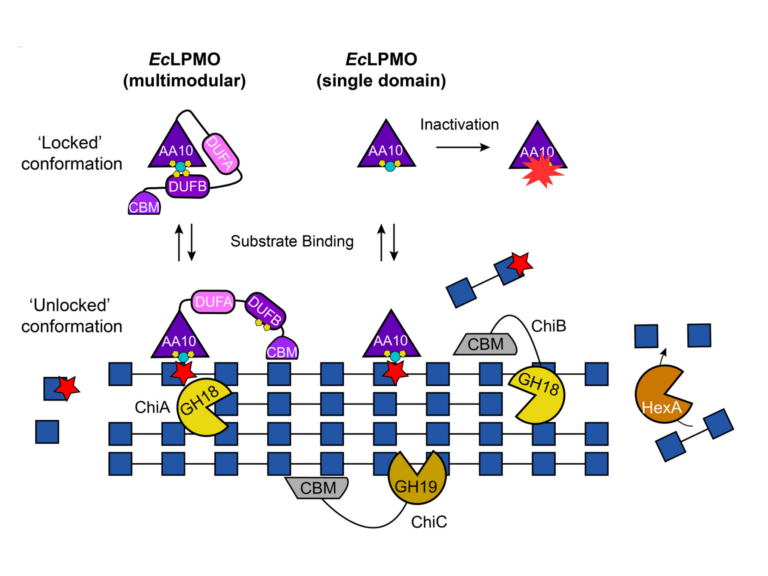Evolutionary analysis of the LORELEI gene family in plants reveals regulatory subfunctionalization
A signaling complex comprising members of the LORELEI (LRE)-LIKE GPI-anchored protein (LLG) and Catharanthus roseus RECEPTOR-LIKE KINASE 1-LIKE (CrRLK1L) families perceive RAPID ALKALINIZATION FACTOR (RALF) peptides and regulate growth, reproduction, immunity, and stress responses in Arabidopsis (Arabidopsis thaliana). Genes encoding these proteins are members of multi-gene families in most angiosperms and could generate thousands of signaling complex variants. However, the links between expansion of these gene families and the functional diversification of this critical signaling complex as well as the evolutionary factors underlying the maintenance of gene duplicates remain unknown. Here, we investigated LLG gene family evolution by sampling land plant genomes and explored the function and expression of angiosperm LLGs. We found that LLG diversity within major land plant lineages is primarily due to lineage specific duplication events, and that these duplications occurred both early in the history of these lineages and more recently. Our complementation and expression analyses showed that expression divergence (i.e., regulatory subfunctionalization), rather than functional divergence, explains the retention of LLG paralogs. Interestingly, all but one monocot and all eudicot species examined had an LLG copy with preferential expression in male reproductive tissues, while the other duplicate copies showed highest levels of expression in female or vegetative tissues. The single LLG copy in Amborella trichopoda is expressed vastly higher in male compared to in female reproductive or vegetative tissues. We propose that expression divergence plays an important role in retention of LLG duplicates in angiosperms.


